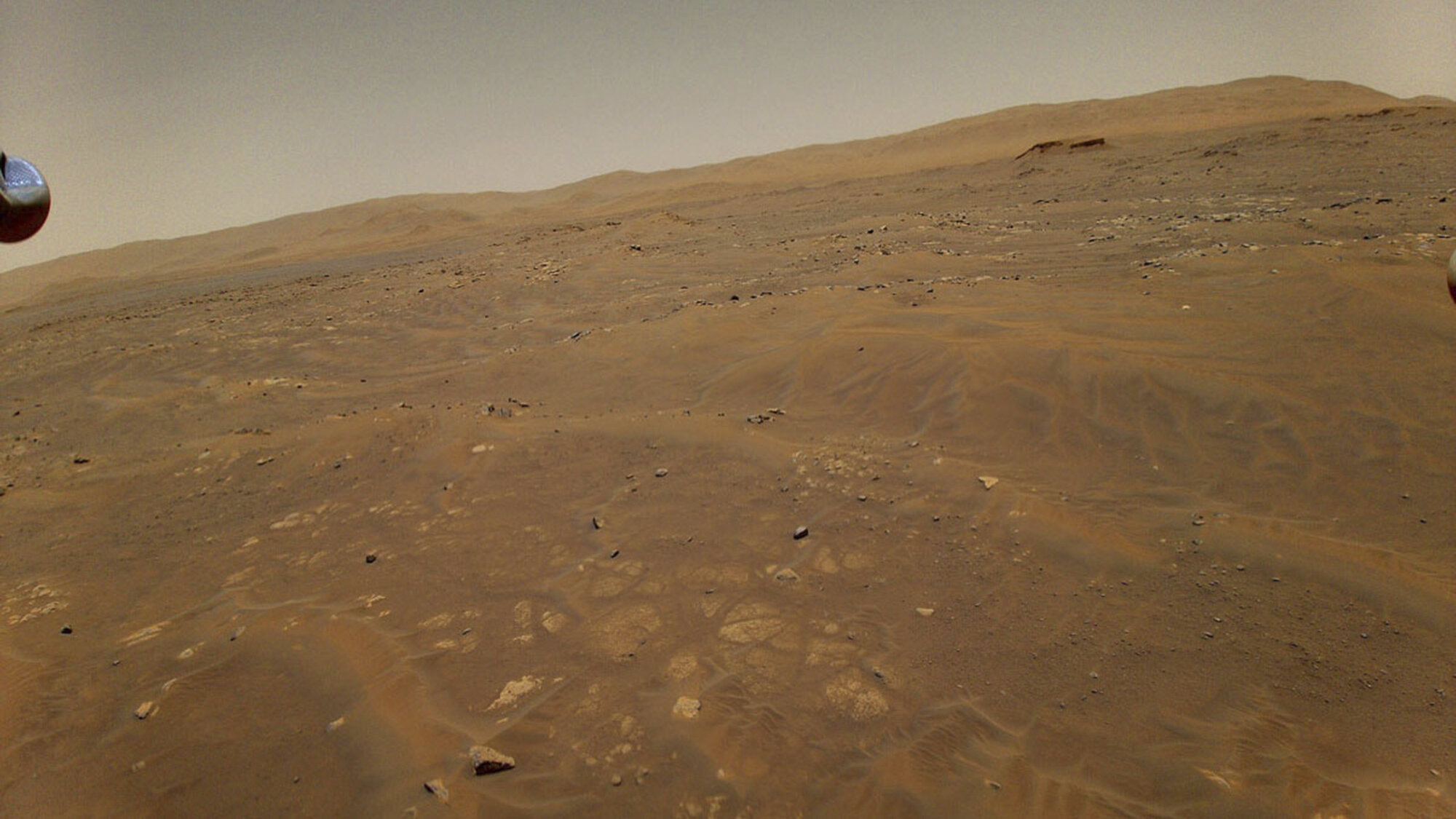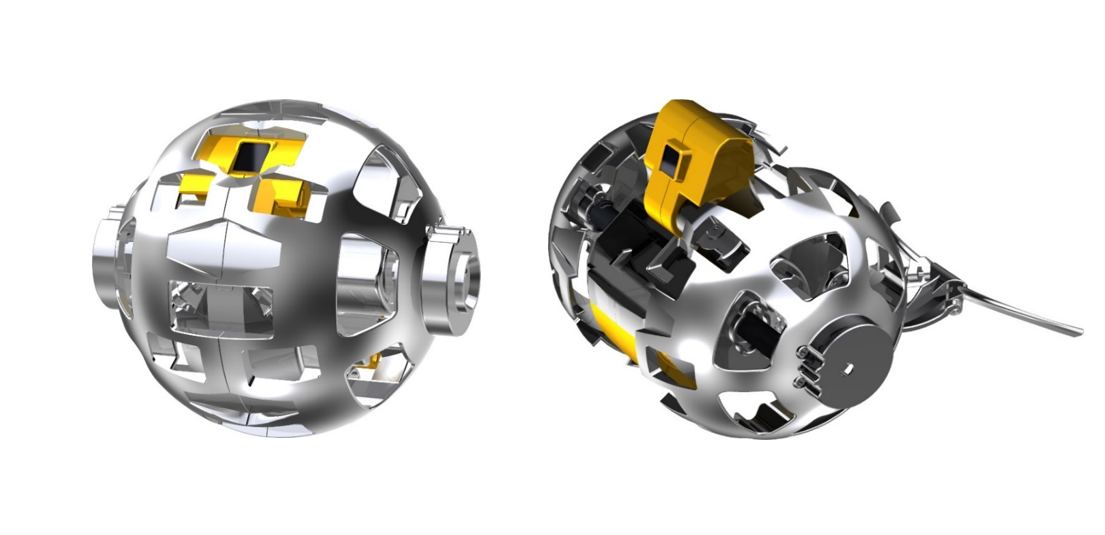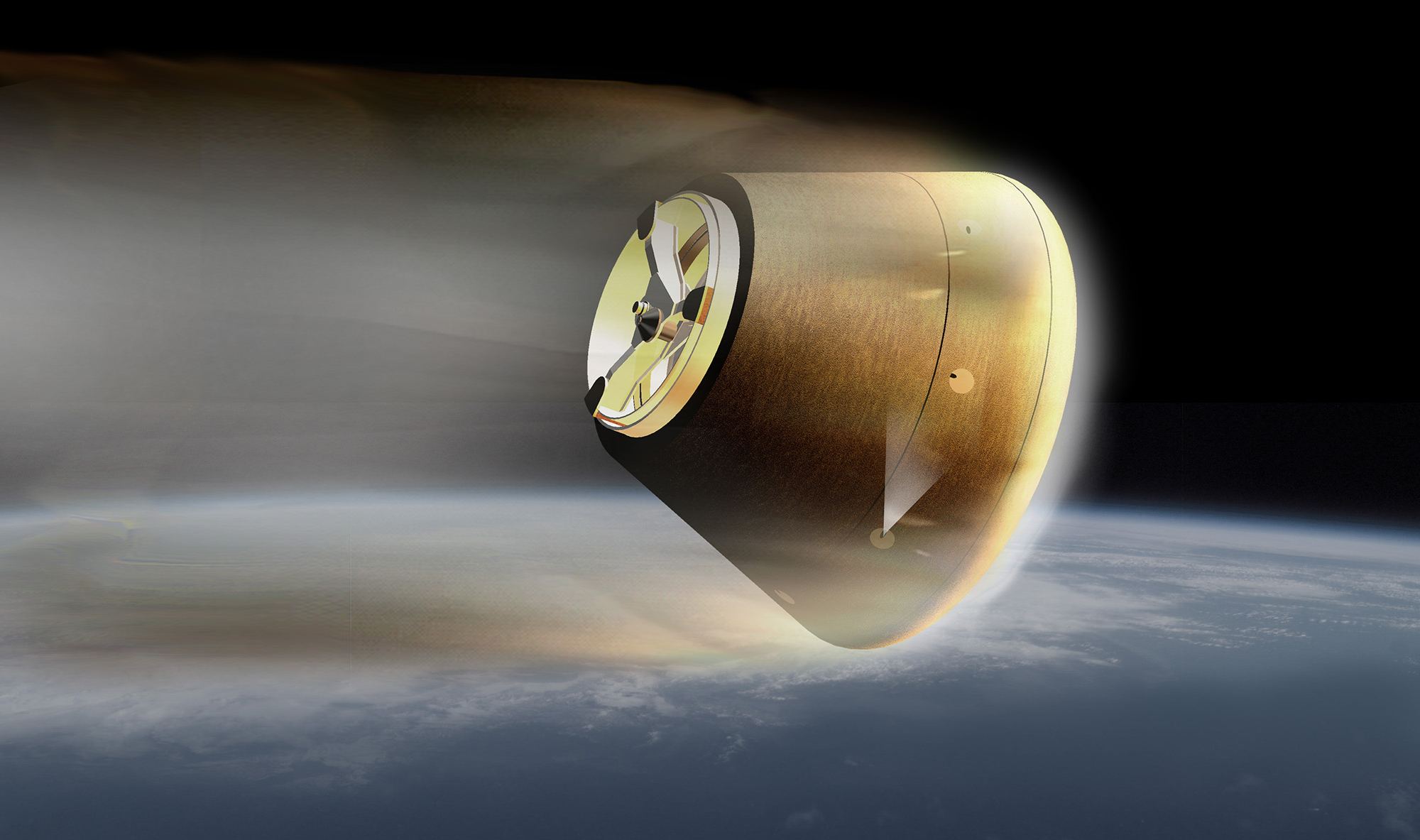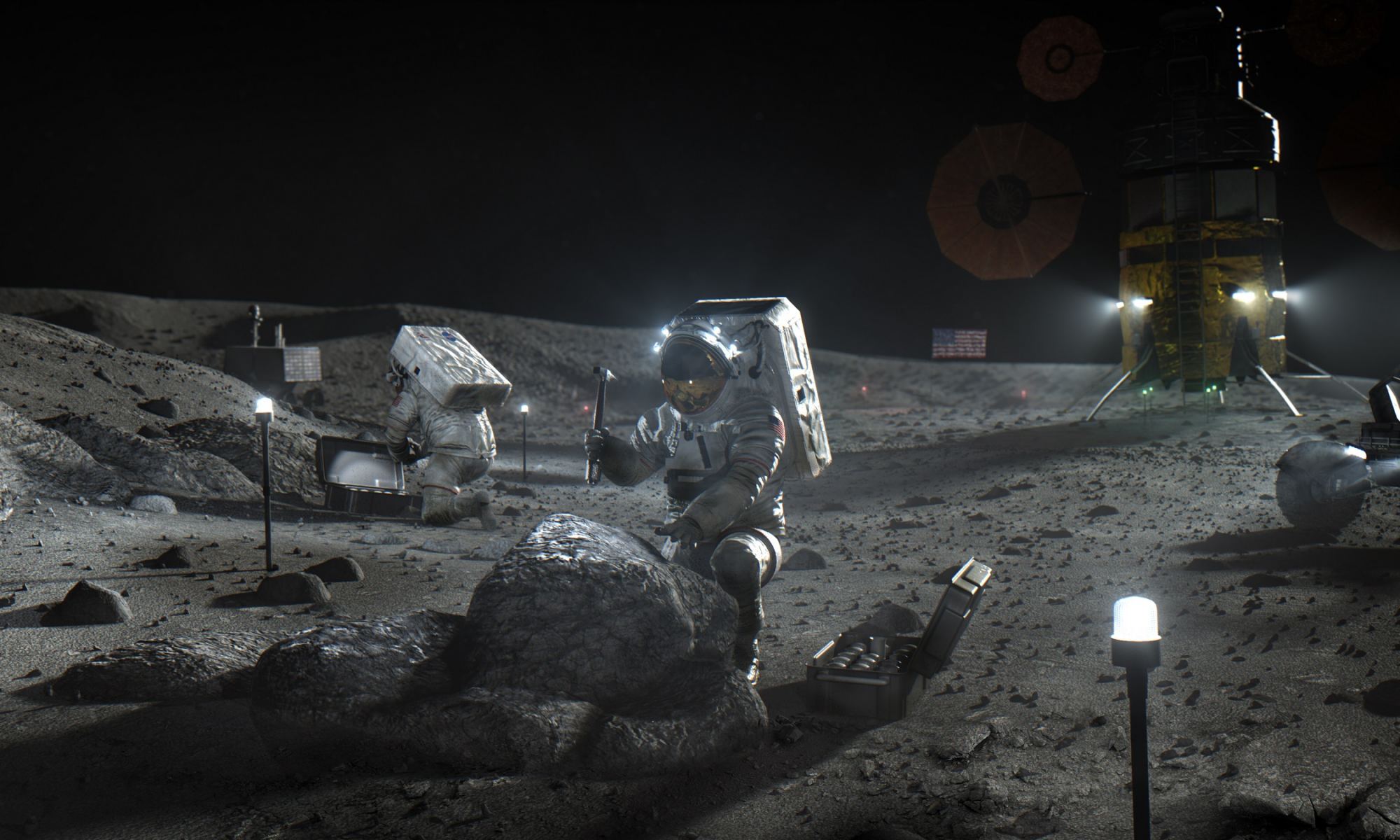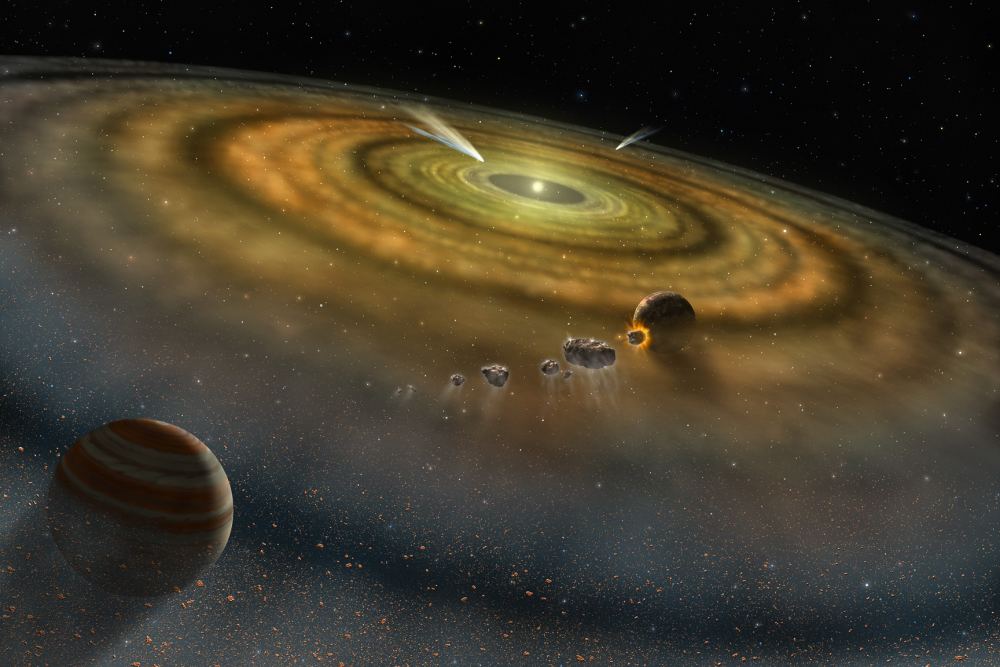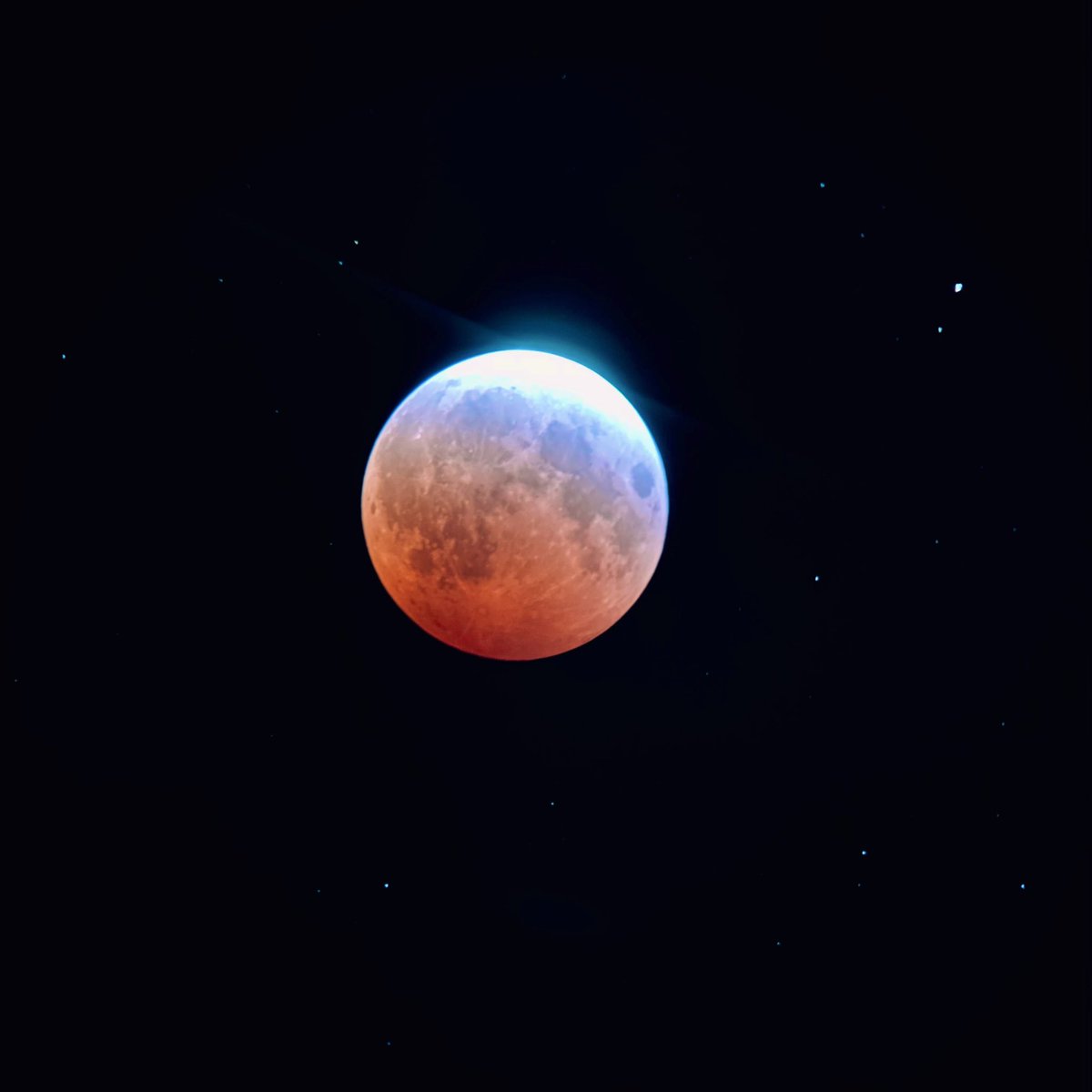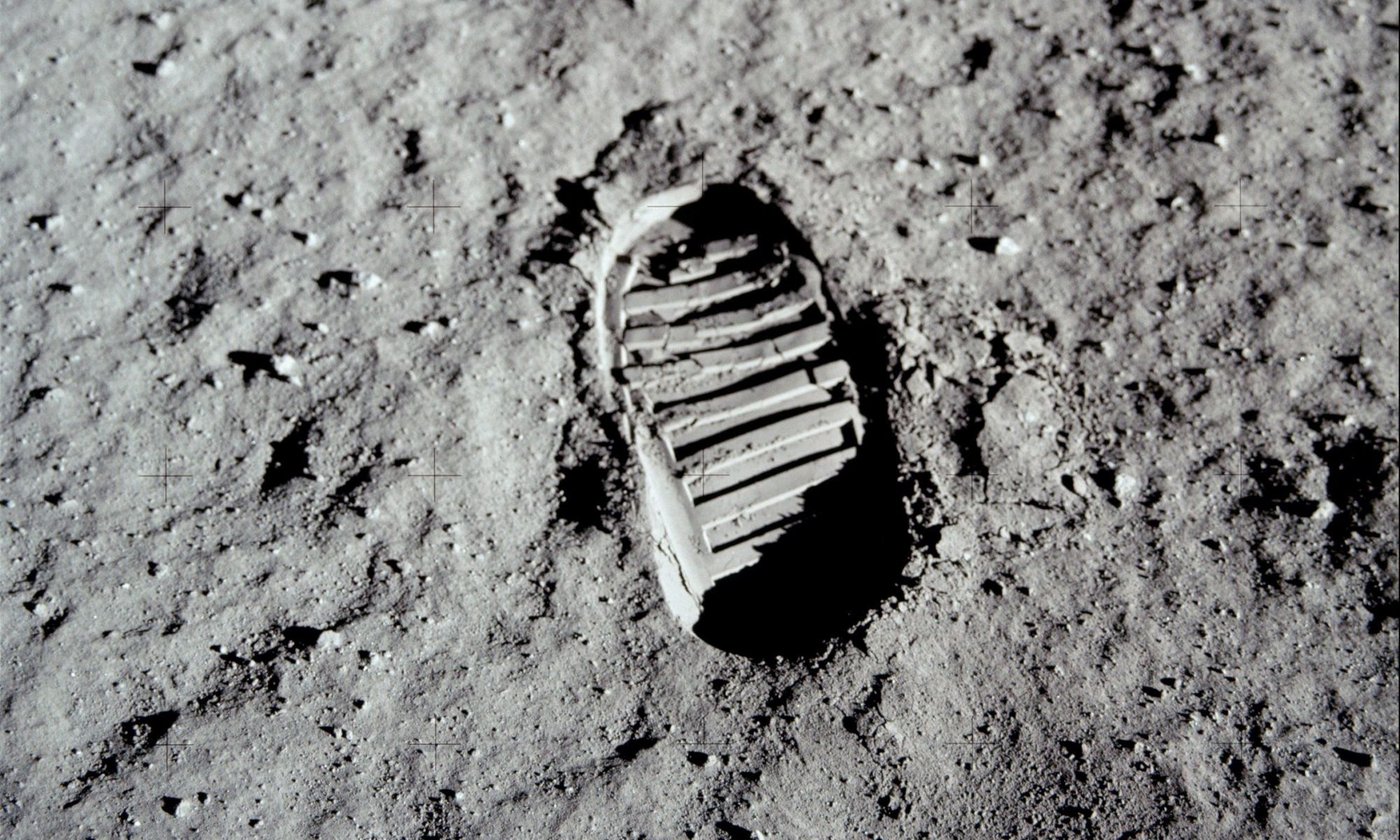When NASA’s Perseverance rover landed in the Jezero crater on February 18th, 2021, it brought with it an interesting little companion that’s been causing quite a stir of late! We are talking, of course, about the Ingenuity Mars Helicopter, an experimental flight system designed to demonstrate if aerial systems can work on Mars. Since its inaugural flight on April 19th, the helicopter has been pushing the boundaries of flight on Mars, going farther and faster each time.
In fact, the helicopter managed to establish multiple records in the course of its first five flights, reaching a maximum distance of 266 m (873 ft) in 117 seconds. Unfortunately, things did not go so well for Ingenuity during its sixth and latest flight. Due to a navigation timing error, the helicopter strayed from its flight path, but managed to land safely just a few meters from where it was supposed to.
Continue reading “Ingenuity’s 6th Flight Didn’t Go So Smoothly”
